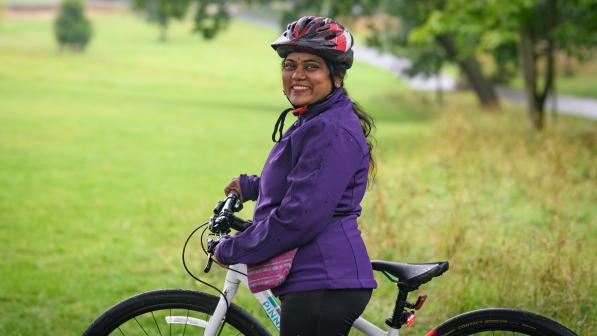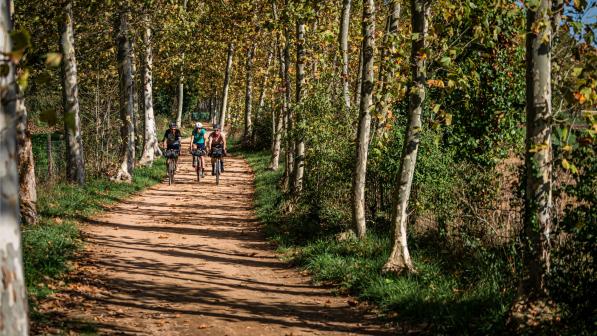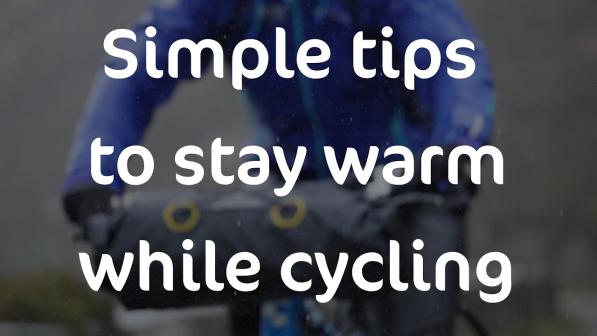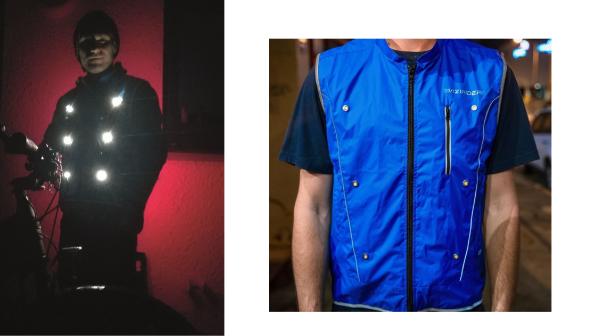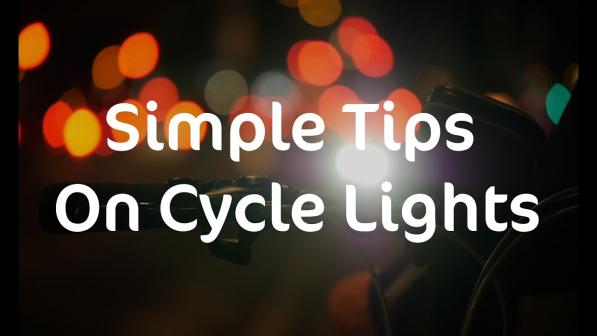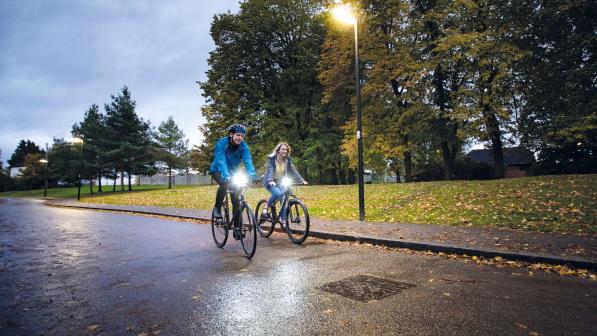Top tips for cycling in the dark

The most important thing when it comes to cycling at night, is to be prepared. Whether cycling on country roads, lit streets in the city centre or off-road, we have some top tips that will help you feel confident on your bike as the nights draw in.
1. Choose appropriate lights
Adorning yourself head to toe in hi-viz and as many really bright lights as you can doesn’t necessarily mean you will be more visible, or that you can see hazards yourself.
Choosing the right light for your type of cycling is key.
A light designed for mountain biking at night will dazzle oncoming drivers on a road, so choose the right one for your journey, or one that has adjustable settings for cycling through different light conditions.
There are lots of lights you can choose from. Our lighting regulations article advises which are useful and legal. For those who are Cycling UK members you can get discounts at a large number of retailers helping you find the perfect lights.
2. Have back up lights
Preparation is key, as it gets darker, it is useful to always carry a spare pair of lights for the changing conditions as mist and fog can quickly roll in, batteries do go flat and the clocks changing means it will get darker earlier.
Carry spare lights and batteries with you.
3. Reflective clothing and visible signalling
Some people choose to wear hi-viz clothing when cycling, and if that makes you feel safer, then go for it. It’s important to be aware, however, that it’s difficult to prove whether hi-vis makes any significant impact on cyclists’ safety, and there is very little convincing evidence to support the argument that it does. Sadly, studies have found that whether a cyclist is wearing hi-vis or not makes very little difference to how closely motorists overtake them.
Research does suggest that retro-reflective accessories designed to make you more conspicuous in the dark - especially ankle straps that move when you pedal - are probably worth the investment.
When signalling, remember to keep your palm flat and extend your arm all the way out from the shoulder to make your signalling intentions as clear as possible. Some people choose to wear reflective bands on their sleeves or reflective gloves.
4. Respond to the weather
As the days grow shorter, it is important to take into account the fact that some drivers may not have as clear a view of the other traffic as they should: early and late evening sun can cause dazzle and there is often fog and mist to contend with.
Drivers ought to adjust their driving accordingly in these situations, and slow down. But sadly, not all drivers do, so it’s important to be aware of the impact of these conditions on other road users.
The changing weather can make cycling a bit more challenging, so allow time to prepare for your journey.
5. Road positioning
You might need to ride even further out from the kerb than usual to be extra-sure drivers have seen you, especially when they are trying to emerge from a junction, or enter a roundabout, and where the road narrows or bends. Even giving a driver a few extra seconds to spot you will help.
A small minority of road users may not appreciate a cyclist 'taking the lane', but the fact is that you are really assisting motorists by helping them to see and be seen by you, as well as encouraging them to give you more room – and following best practice for road safety.

6. Watch out for others
In the same way that motorists should always look out for more vulnerable road users, cyclists should also watch out for people walking as they may not always be easy to spot in the dark and can sometimes fail to see or hear you either. Animals preparing for winter may be even more active and unpredictable than usual so be alert.
A good rider will be continuously risk assessing the road or trail and other conditions and adjust their riding accordingly.
Even in the dark, cycling is a statistically safe activity. So, as long as you keep your bike or cycle carefully maintained - our video guides will show you how - use the appropriate clothing and equipment for the conditions, and bear in mind the tips above, you should be able to keep riding as the nights get longer.
